London is one of those iconic cities that everyone should visit at least once in their lifetime. From Big Ben and Buckingham Palace to the Tower of London, the city is filled with history and packed with things to do.
In fact, there is so much to see in London that it can be hard to know where to even begin.
A great way to structure your visit is to go for a stroll. The city offers lots of sightseeing opportunities and walking tours – from paid group tours to self-guided urban hikes.
One of my favorite London walks is the Queen’s Walk. Stretching from Tower Bridge to Westminster Bridge, the path offers incredible views along the south bank of the Thames.
Also known as the Southbank Walk, the route also passes by some of the city’s most important tourist stops. Key attractions include the London Eye, Palace of Westminster and Shakespeare’s Globe Theatre.
And the best part is that it’s easy to do on your own. If you’re not keen to hire a guide, you can simply stroll along this broad promenade as it follows the river.
Ready to learn more?
Then lace up your comfy shoes and follow along as we take a stroll along the Queen’s Walk – one of the best walks in London.

This happy couple poses for wedding photos on the Queen’s Walk (with the Palace of Westminster as a background).
Table of Contents
What is the Queen’s Walk?
Like many of England’s great trails, the Queen’s Walk is part of a longer walking route. Actually it’s part of two different routes, to be precise.
One of those trails is the Jubilee Walkway.
The Jubilee Walkway was established in 1977 to celebrate the 25th anniversary of Queen Elizabeth II’s accession to the throne. This happy event was known as the Queen’s Silver Jubilee.
The route is 15 miles long and includes the Queen’s Walk as one of its sections.
The Jubilee Walkway was later expanded to 37 miles in length (60 km) in 2012 to commemorate the Queen’s Diamond Jubilee (60th anniversary). The longer walkway is more commonly known as the Jubilee Greenway.
The other famous walking route that follows this route is the Thames Path.
One of England’s National Trails, the Thames Path is a long-distance footpath that is 184 miles (296 km) in length. The Thames Path follows the River Thames from its source in Gloucestershire to the Thames Barrier in southeast London.
Queen’s Walk Map and Trail Information
- Distance: 2.5 miles (4 km) one way
- Elevation Gain: 350 feet (106 m)
Top Attractions along the London’s Southbank Walk
Tower Bridge and Tower of London
The Queen’s Walk begins at one of the city’s most note-worthy structures: the Tower Bridge.
Constructed in 1894, the Tower Bridge is a suspension bridge with grand gothic towers. The bridge is unique in that it has two levels – a drawbridge on the bottom half and a pedestrian walkway on the top half.
Today, the top level of the bridge features glass floors so that visitors can see the traffic down below. You can access the pedestrian walkway (along with the towers and engine room) by visiting the Tower Bridge museum.
Note: many people confuse this structure with the London Bridge, which is located approximately 5. miles upstream (and isn’t nearly as pretty).
After passing the Tower Bridge, the walk continues along a broad promenade. This section is typically crowded with tourists who are gawking at the incredible views of the Tower Bridge and the Tower of London across the river.
The Tower of London is, of course, an important building in English history. The tower was used as a royal residence for medieval monarchs and later as a prison. Elizabeth I was imprisoned in the tower before she became queen in 1558.
Today the tower houses the Crown Jewels, which are still used during the coronation of new British kings and queens.
HMS Belfast
The HMS Belfast is a Royal Navy warship that played a significant role during the Second World War.
Since her launch over 80 years ago, the Belfast fired some of the first shots in the D-Day landings. After serving in the Korean War, she was saved from the scrapyard and added to the Imperial War Museum.
Today the HMS Belfast is moored between the London and Tower Bridges and is a major tourist attraction. Visitors can tour all nine decks of this important warship – from the top of the flag deck to deep under the Thames waterline in the bottom decks.
London Bridge
After passing Hays Galleria (which has a lovely steampunk sculpture inside), the path crosses the London Bridge.
Unfortunately, the Queen’s Walk does not form a continuous path under (or over) the bridge. This means that you’ll have to jog off the path for a bit until rejoining the trail at the Anchor Pub.
I recommend taking a left *before* you reach the bridge on a tiny walkway called St. Olaf Stairs (which oddly enough does not include any actual stairs). Look for the sign pointing to the Southwark Cathedral. Then take a right on Tooley Street and cross under the London Bridge overpass.
While passing through the underpass, you can check out the London Bridge Experience – a spooky look back at London’s gruesome past.
This route will save you the effort of climbing up (and down) a flight of stairs.
If you miss the turnoff onto St. Olaf Stairs, you can climb the steps to the London Bridge and backtrack to the nearest crosswalk. After crossing the street, look for a hidden stairwell by the London Grind which will bring you back down to the London Bridge Experience.
Southwark Cathedral
The next stop on the walk is the magnificent Southwark Cathedral. Primarily of Gothic design, construction on this church began in 1106. The church is free to enter everyday (although you are asked to donate £2 if you plan to take any photos).
If you’d like to explore the area further, you can veer off the route to the Borough Market. Here you’ll find an excellent selection of artisanal goods and along with meats and cheeses for sale by local vendors.
Clink Street
After jogging around a building, the Queen’s Walk continues past the Golden Hinde – a replica of Sir Francis Drake’s Ship. It then turns onto Clink Street and passes what remains of Winchester Palace.
The highlight of Clink Street is, of course, the Clink Prison Museum. A number of prisons used to be located in this area, the oldest of which dates back to 1144.
Be sure to look for a fabulous mural of Shakespeare at the end of Clink Street.
Anchor Pub
After passing under the Cannon Street Railway Bridge, the path returns to following the riverbank. From this point there are no more detours until reaching the end of the Queen’s Walk at the Westminster Bridge.
If you’re ready for a break at this point, consider stopping at The Anchor for a pint. Purportedly once frequented by Shakespeare, the Anchor is a cute little pub with a long and storied past.
From here the path continues along the South Bank until it crosses under the Southwark Bridge.
This lovely bridge gets less traffic than the other bridges in the city. If you’re looking for a pretty bridge with fewer crowds, Southwark is your best bet.
Shakespeare’s Globe Theatre
The next major attraction along the Queen’s Walk is Shakespeare’s Globe Theatre – an distinctive round whitewashed building with a thatched roof.
The Globe Theatre is famous, of course, because Shakespeare’s acting company used to perform there. He helped to finance the construction of the theater in 1599, along with the other members of his troupe.
Shakespeare’s plays became so popular that they became a favorite of King James. His troupe eventually came under royal patronage and they were known thereafter as the King’s Men.
The current building is a faithful reconstruction of the original which was destroyed by fire in 1613, rebuilt in 1614, and then demolished in 1644 by the Puritans.
Millennium Bridge
Just past the Globe Theatre is one of the city’s most iconic bridges – the Millennium Bridge.
This pedestrian-only suspension bridge has been nicknamed “The Wobbly Bridge” because it seemed to sway when pedestrians crossed it on opening day. (It has since been closed down for repairs and re-opened to fix the swaying issue).
Harry Potter fans will recognize Millennium Bridge from the movie Harry Potter and the Half-Blood Prince. In the movie, the bridge was destroyed by Voldemort’s Death Eaters and killed dozens of innocent Muggles.
Tate Modern
The walk continues past Tate Modern which houses one of the largest museums of modern and contemporary art in the world. The museum is located inside an industrial-looking building with a towering smokestack that used to house the Bankside Power Station
Entrance to the museum is free (except for special exhibitions).
Oxo Tower Wharf
After crossing under Blackfriars Bridge, the path continues past Oxo Tower Wharf. The Oxo Tower is a particularly distinctive building with OXO clearly visible on its tower.
The Thames beach just past OXO Tower is open to the public, but be aware that it is a tidal beach. The rising tide can rapidly cut off access to the beach and swimming is not allowed due to pollution.
National Theatre
The National Theatre is a modern-looking building constructed in the 1970s. The building contains 3 separate theaters which stage shows independently of each other.
The controversial design has been praised by some and criticized by others for its brutalist architectural style. Prince Charles once famously quipped that the building is “a clever way of building a nuclear power station in the middle of London without anyone objecting”.
After passing the National Theatre, the path continues under the Waterloo Bridge. Here you can browse for books and prints in the Southbank Centre Book Market – a fun open-air market located directly under the bridge.
London Eye and County Hall Building
As the Queen’s Walk rounds a curve in the river, the end draws into view!
Now you can see the London Eye – an enormous Ferris wheel located near the Westminster Bridge. In fact, at the time of its construction in 2000 the London Eye was the world’s tallest Ferris wheel.
The London Eye is located next to Jubilee Park and the County Hall Building. This historic building used to house the local government and is now home to tourist attractions such as the London Dungeon, Shrek’s Adventure, and SeaLife London Aquarium.
Westminster Bridge and Palace of Westminster
The Queen’s walk ends at the Westminster Bridge which leads across the river to the Palace of Westminster.
Informally known as the Houses of Parliament, it is London’s most important government building. Both the House of Commons and the House of Lords meet in the building to conduct government business.
More importantly, the building is home to one of London’s most well-known tourist attractions – Big Ben. This famous tower, located at the north end of the building features, a giant clock that is known for keeping near-perfect time.
National COVID Memorial Wall
Before finishing your stroll along the Queen’s Walk, continue along the South Bank to check out the National COVID Memorial Wall.
This tribute to victims of the COVID pandemic was established by bereaved family members. The wall is covered with over 150,000 red hearts which each represent a life lost to COVID-19.
It’s a truly moving experience to read the heartbreaking messages left behind by loved ones.

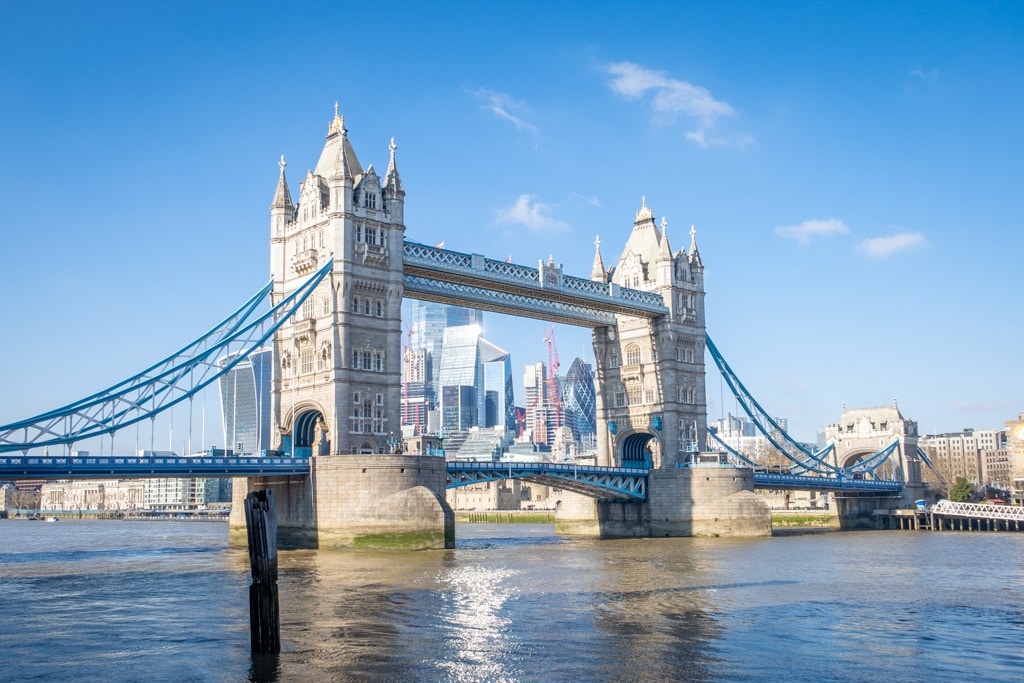

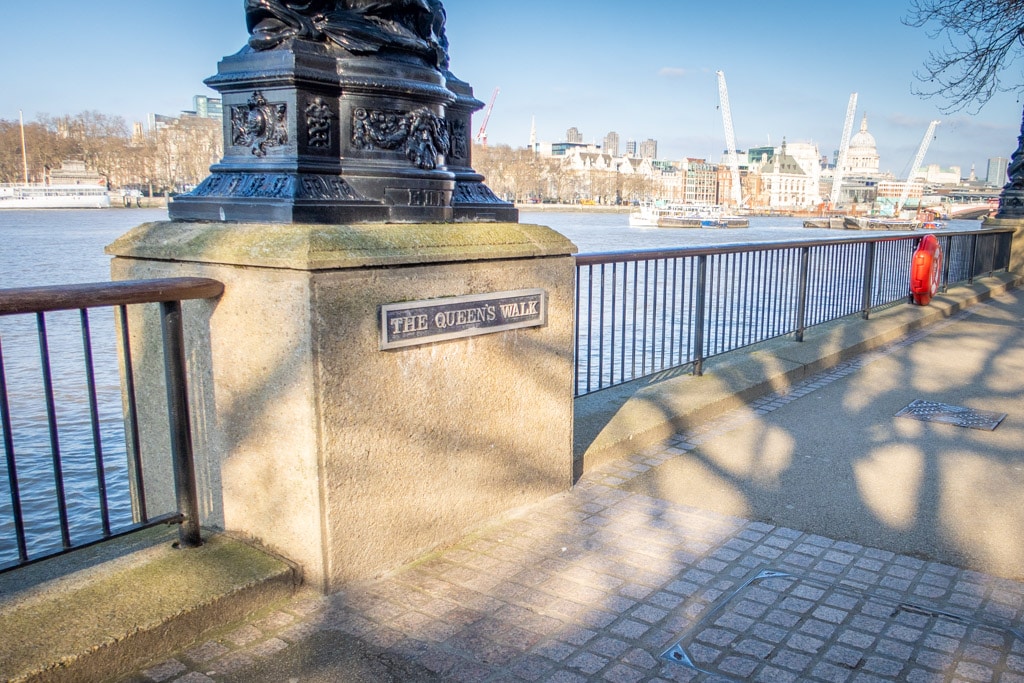
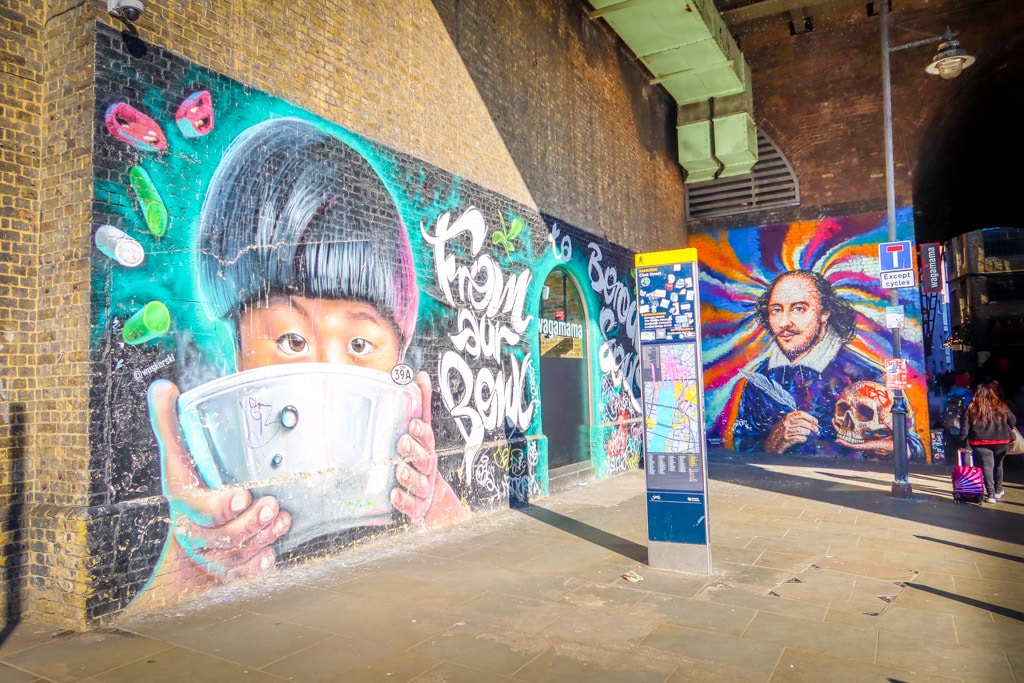
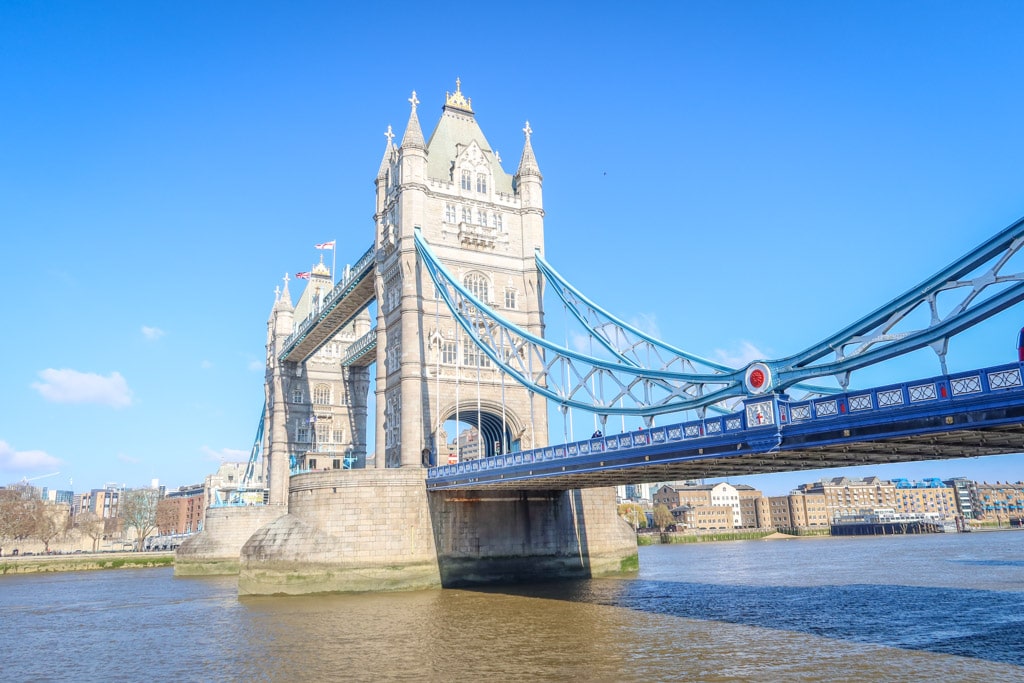
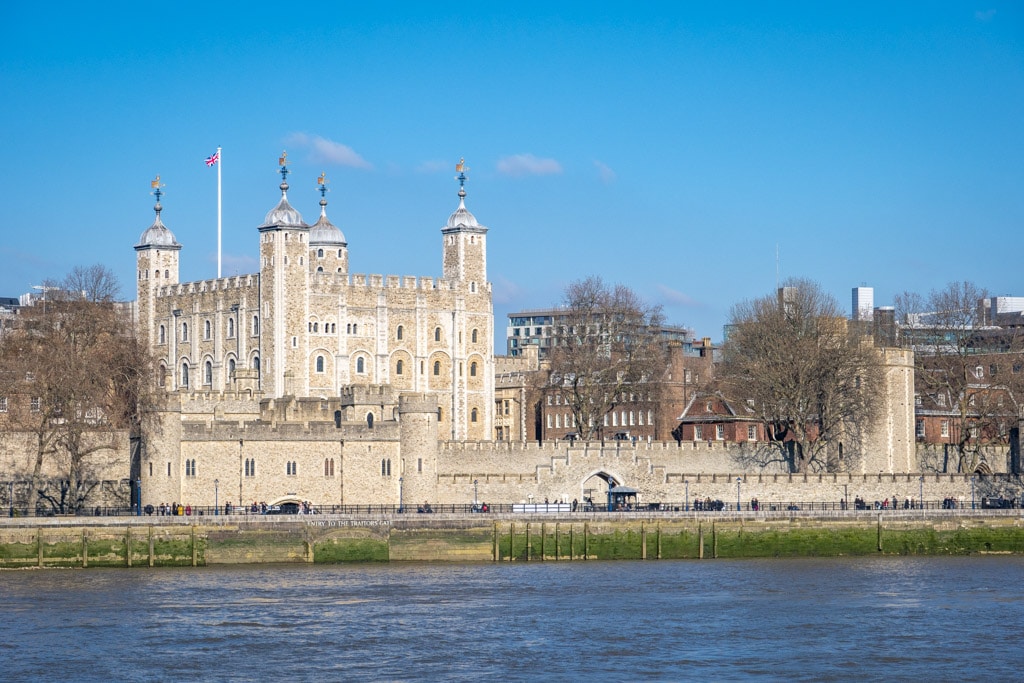

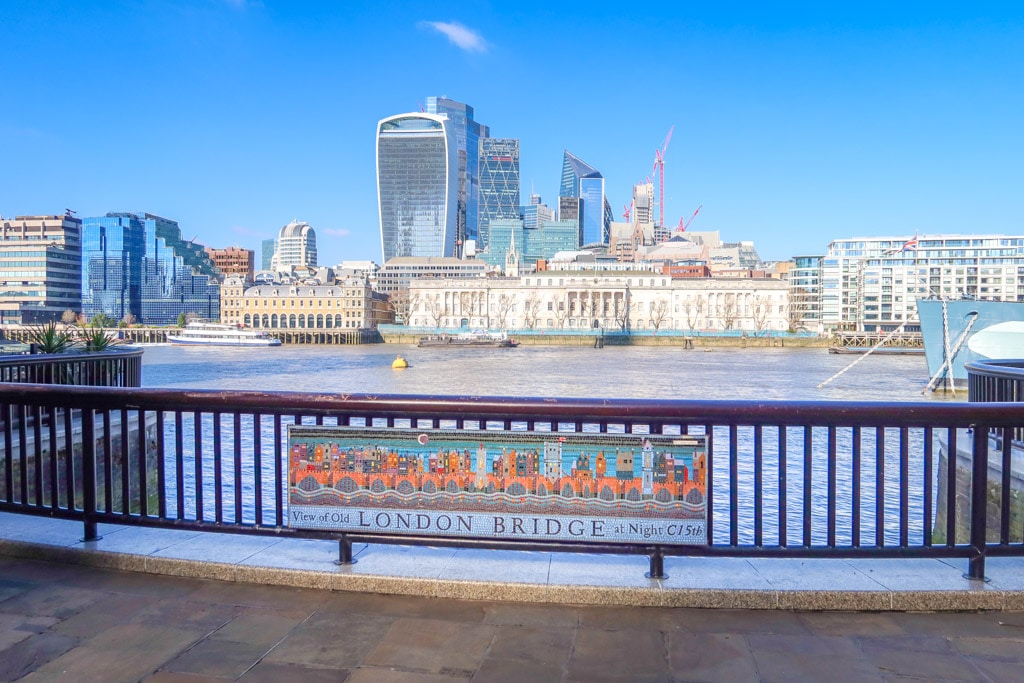
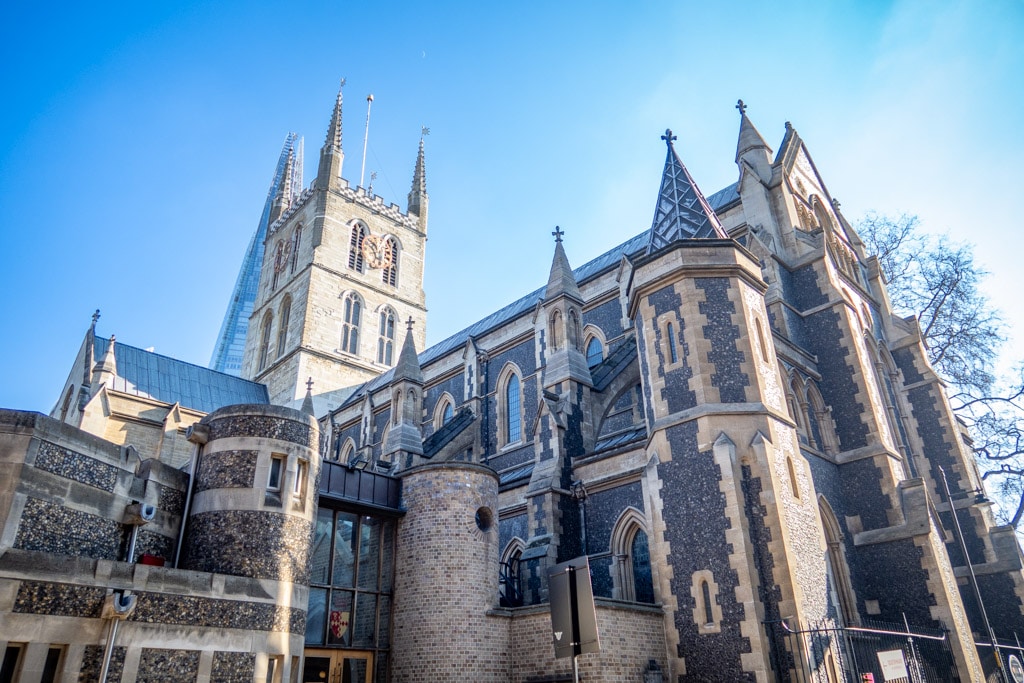
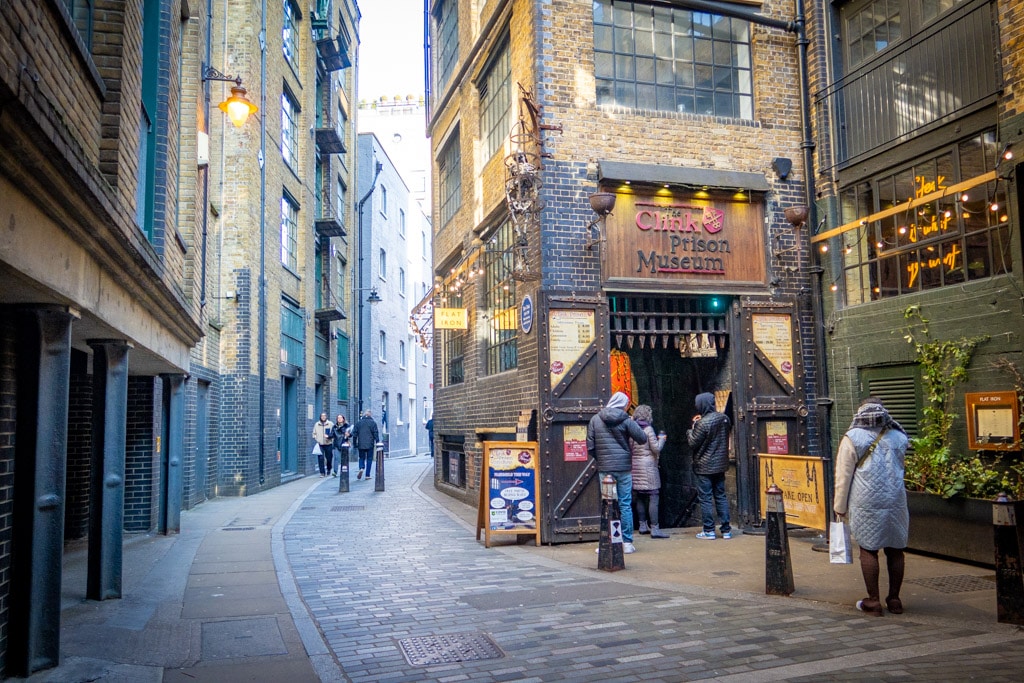
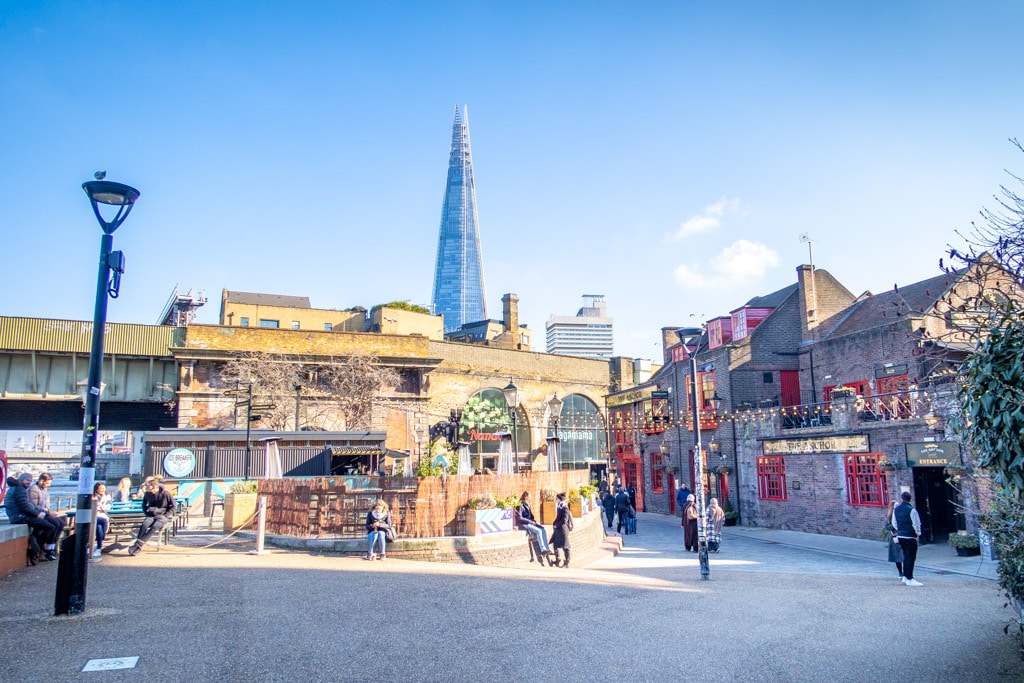

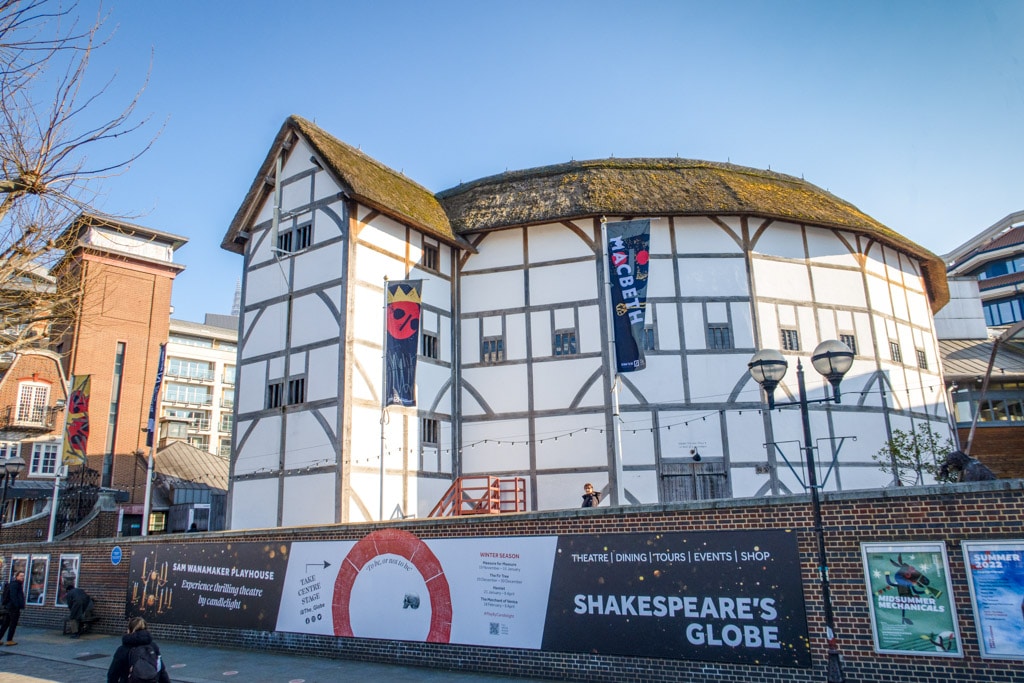
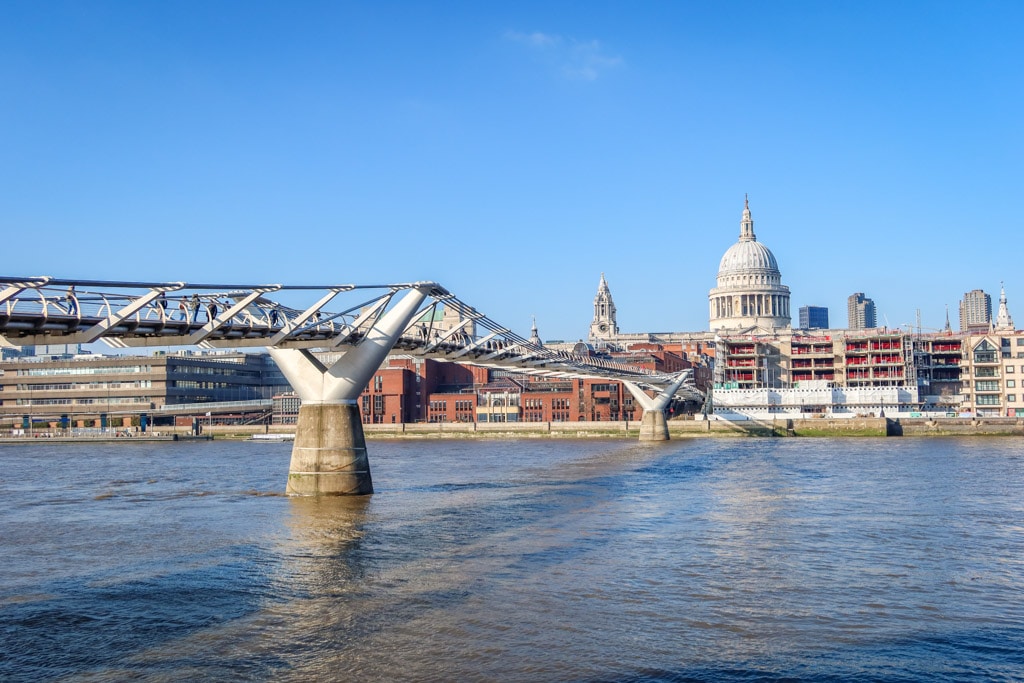
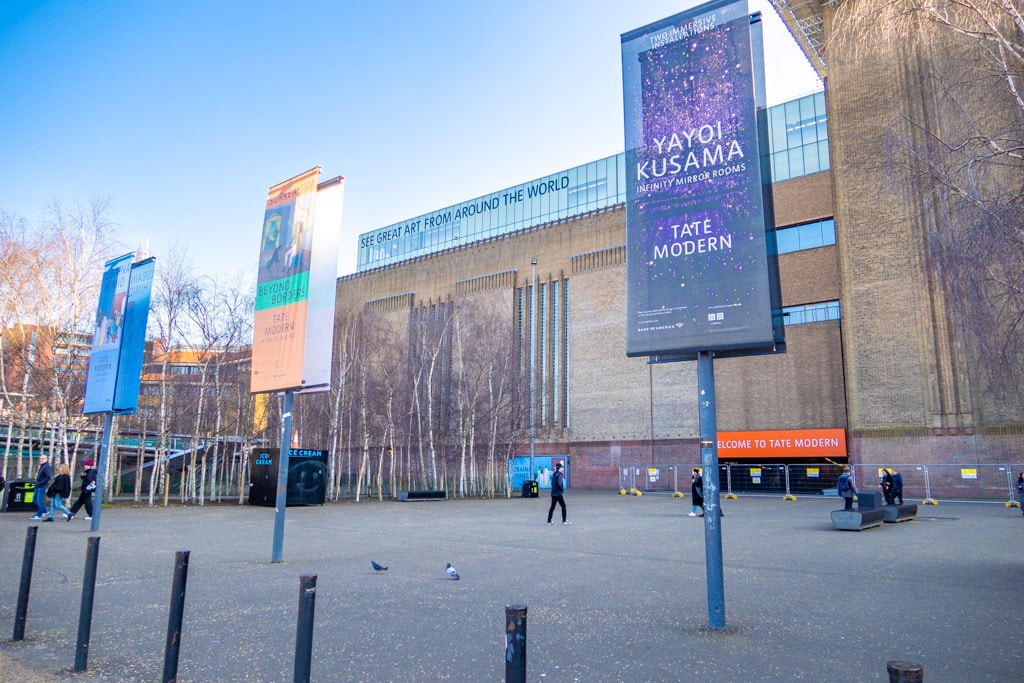
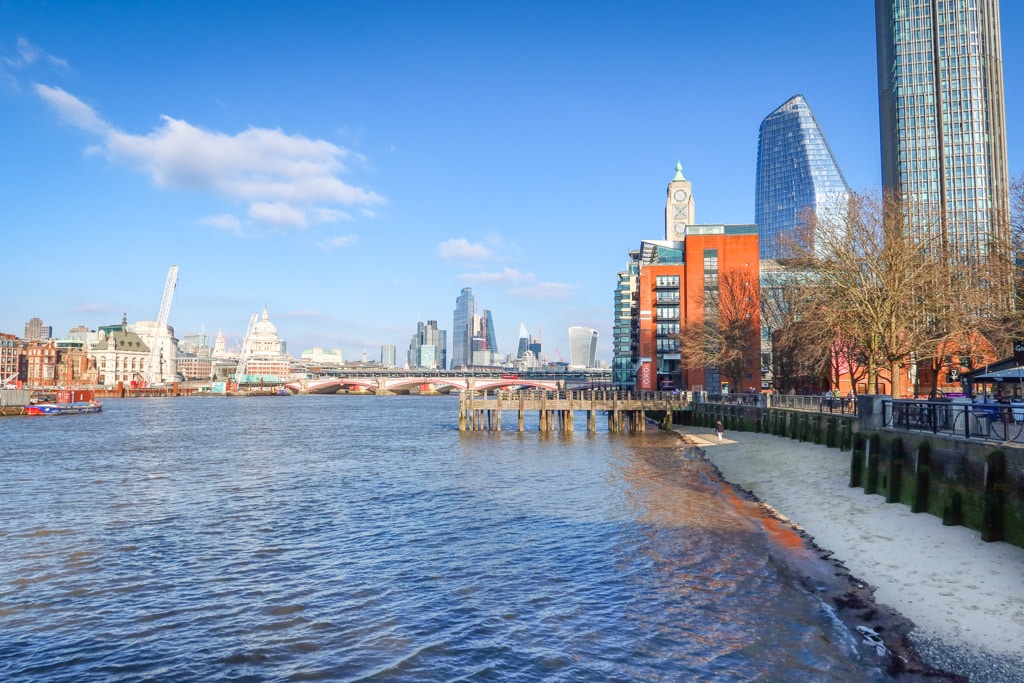

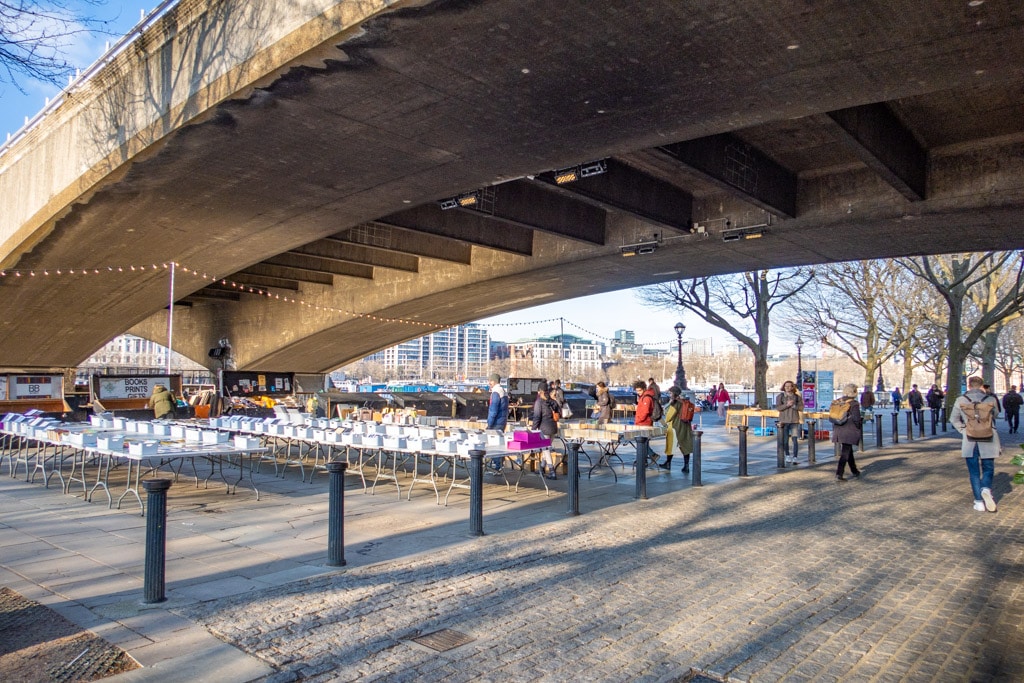

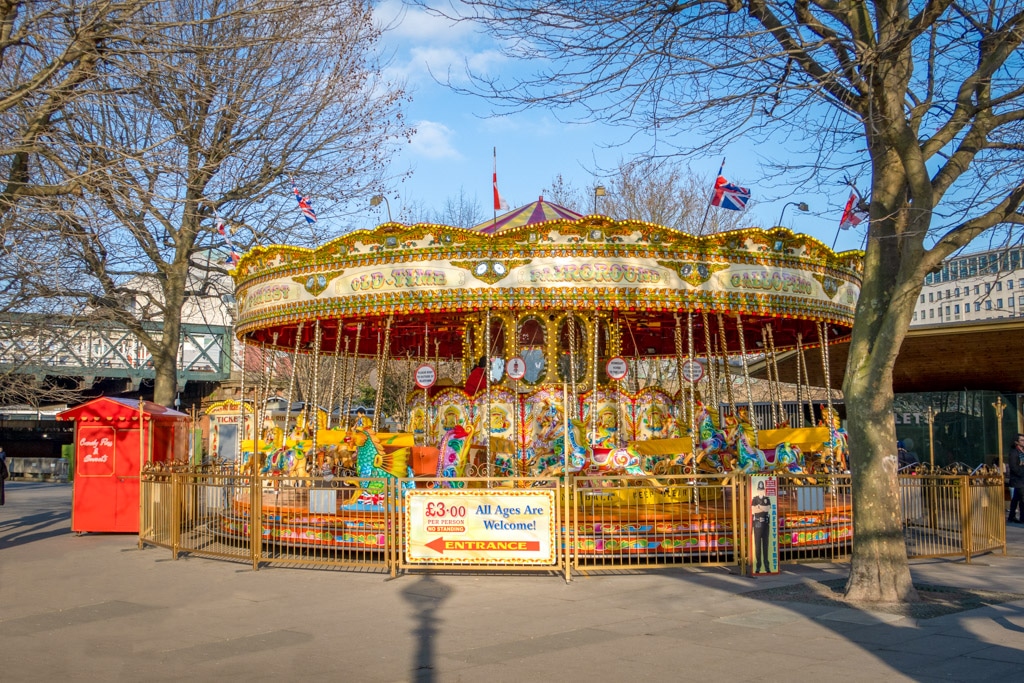
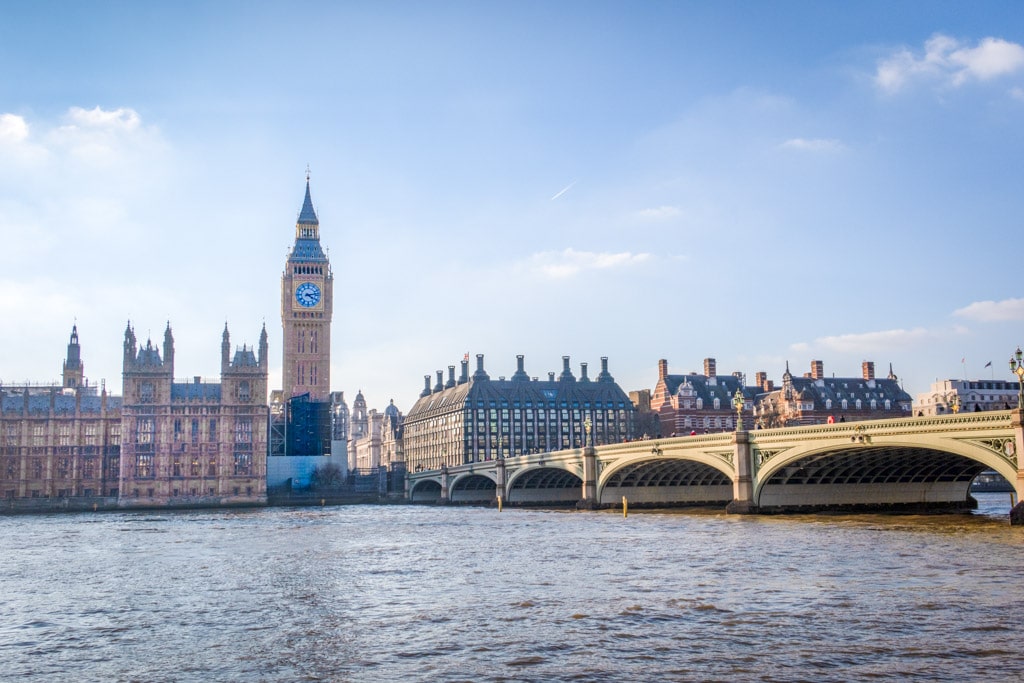
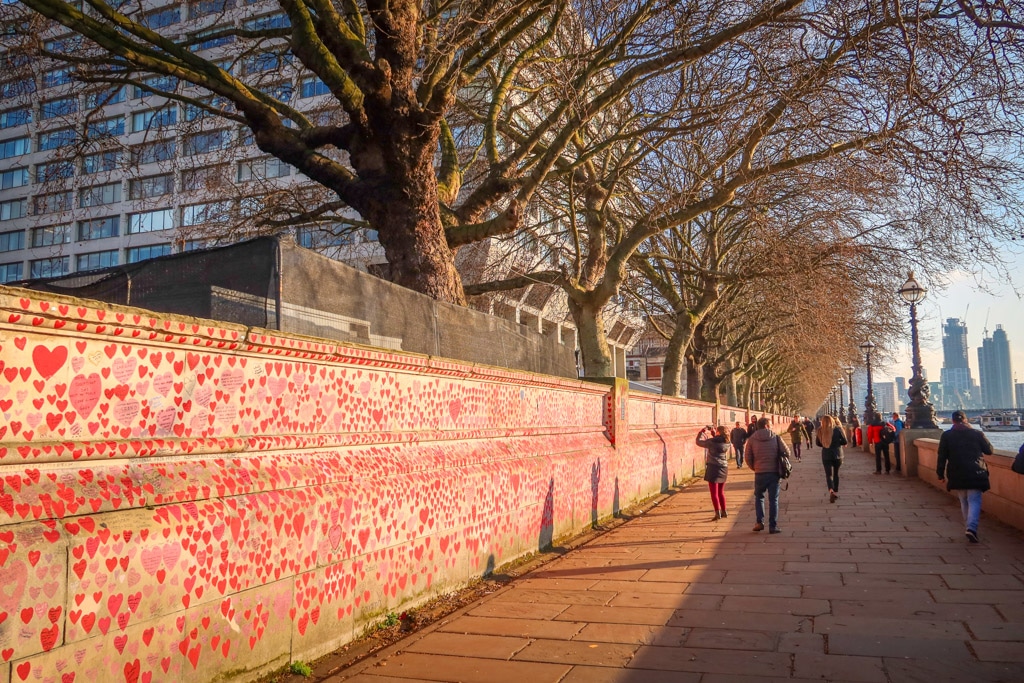
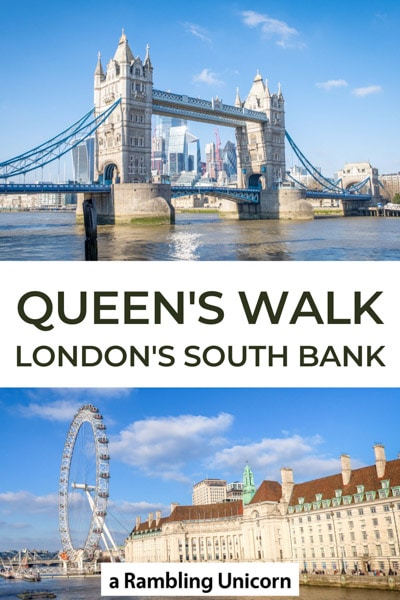

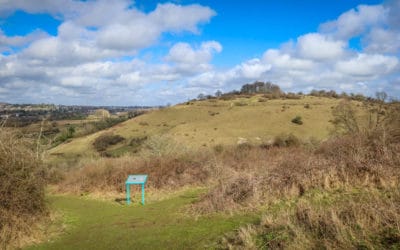
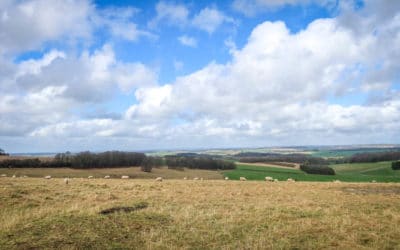
Such a detailed post, thanks for all the information. Hoping to visit soon
Thanks! Glad you enjoyed it 🙂